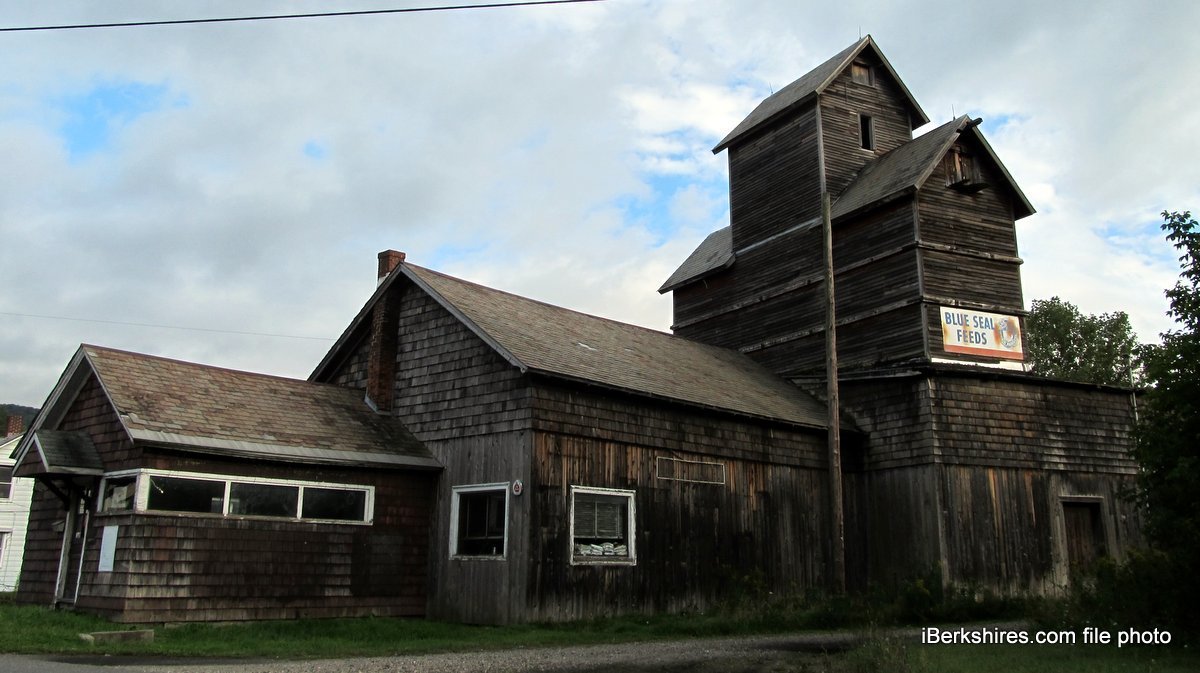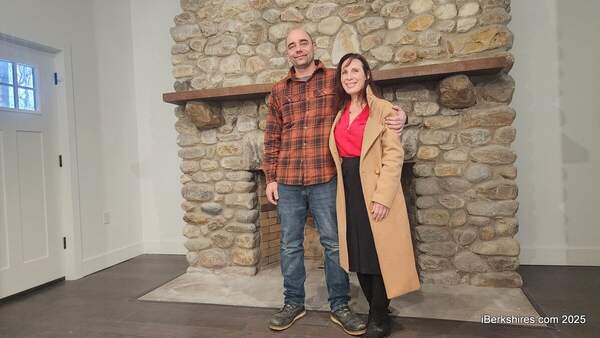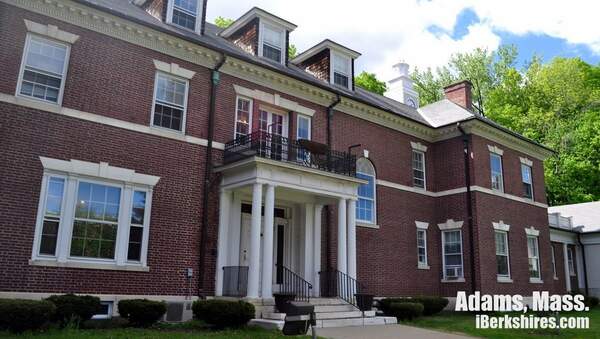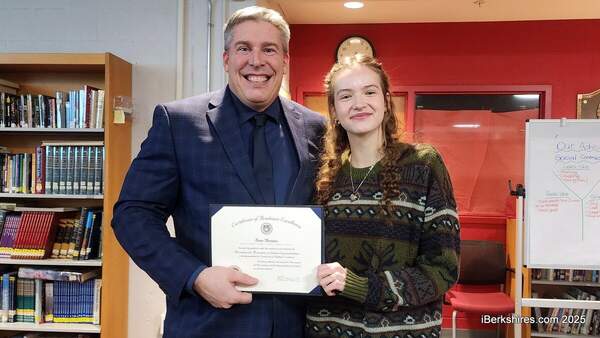
Adams Revises Park Plans Because of Reduced CDBG Funding
ADAMS, Mass. — Plans for a park on Cook Street are being revamped after town officials learned the federal funds for this and other projects will be $500,000 less than expected.
Community Development Director Eammon Coughlin presented the revised plans on the funding for the Community Development Block Grant application at the Selectmen's Wednesday workshop meeting.
When Coughlin last came in front of the board in mid-July, he discussed the plans to build a park on Cook Street, as well as to modernize some housing units.
"We're back to the drawing board," Coughlin said.
The Community Development Department has made some significant changes to the park project and scrapped a proposed study to assess the stability of the old coal and grain storage buildings that abut the site for the proposed park.
The property at 1 Cook St. was taken for back taxes some years ago with plans to create a park off the Ashuwillticook Rail Trail and rehabilitate the historic grain elevator and other parts of the vacant building there.
"We just don't have the budget for it," Coughlin said.
For instance, the department will save $30,000 by using a less expensive type of table for the park. It has also reduced some line items related to contingencies and incidental costs. The town also will seek donations for various materials for walkways and other parts of the park from companies like Specialty Minerals.
Despite the changes, Coughlin said, "I'm confident we can get the project done." He did say, however, that the reduced grant eligibility "may make the bidding process a little bit more dicey."
In the event that the town cannot fully fund the project with the CDBG application, Coughlin suggested that the town may apply for the remaining funds in the next CDBG cycle.
Coughlin said the department will spend $149,000 over the next 18 months to fund two positions. Program Manager Becky Ferguson's position will be funded for another year, as well as a financial assistant for the board.
Town Administrator Jay Green noted that these positions will not actually add any new members to the department.
Selectman Howard Rosenberg questioned Coughlin on the inclusion of an Americans with Disabilities Act-compliant ramp into the design of the park. Rosenberg noted that the ramp was the second-most expensive line item in the design at $55,000, and he wondered whether the park actually needed the ramp or if it was required by law to have one. Selectman Richard Blanchard also wondered about the necessity of the ramp.
Coughlin said the ramp connects the park to the rail trail, and that the trail is 5 feet higher than the planned park site, which was why it was included that in the design.
Blanchard poked holes in the park plans, suggesting that with the reduced budget, the money perhaps should be spent on the scrapped study of the buildings instead of the park.
"In my opinion, I think the stabilization of the buildings is more important than the park," Blanchard said.
There will be a public meeting regarding the CDBG application and the park on Wednesday, Aug. 18, at 7:10 p.m.
Tags: Ashuwillticook Rail Trail, CDBG, historic buildings,















